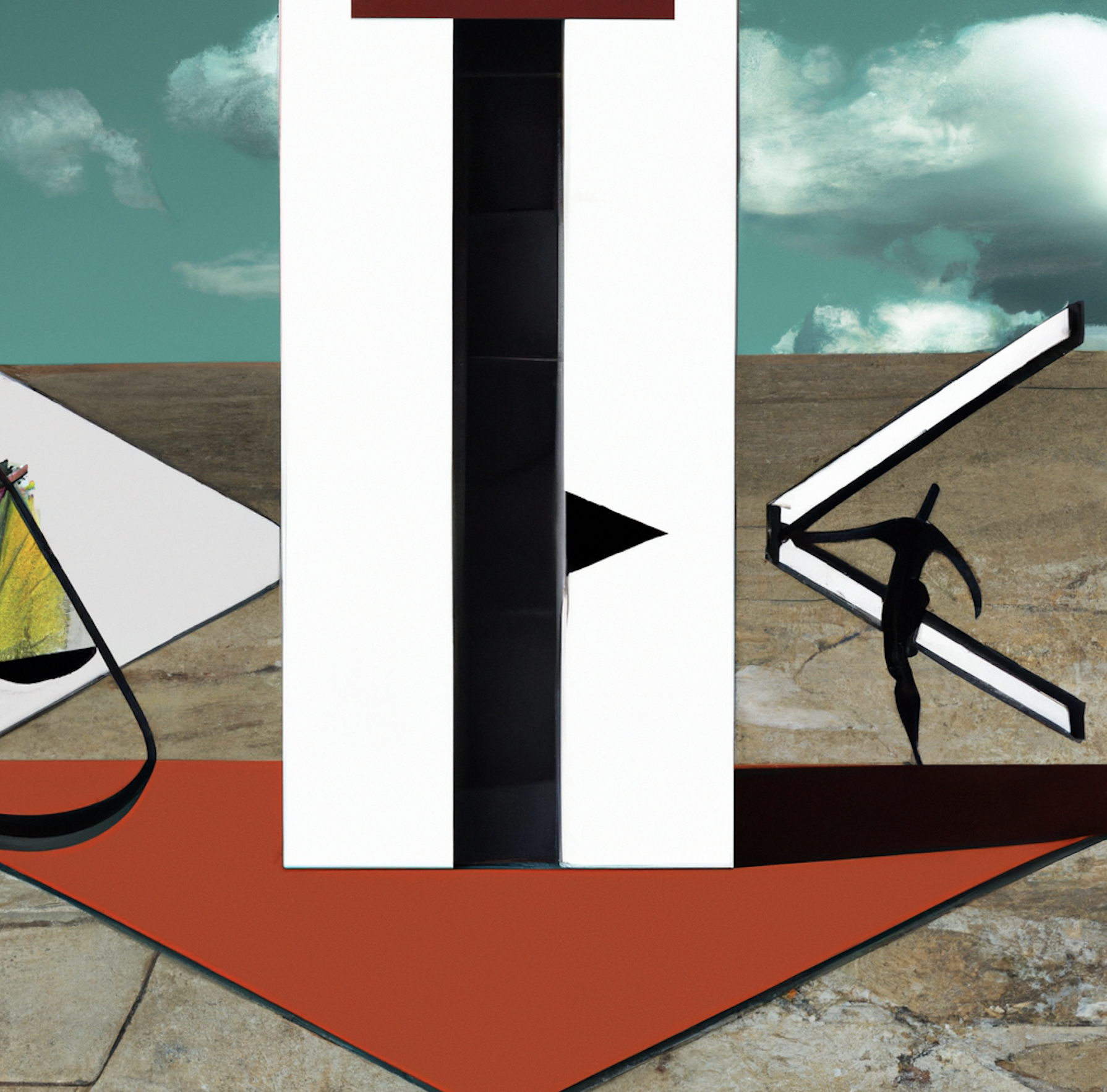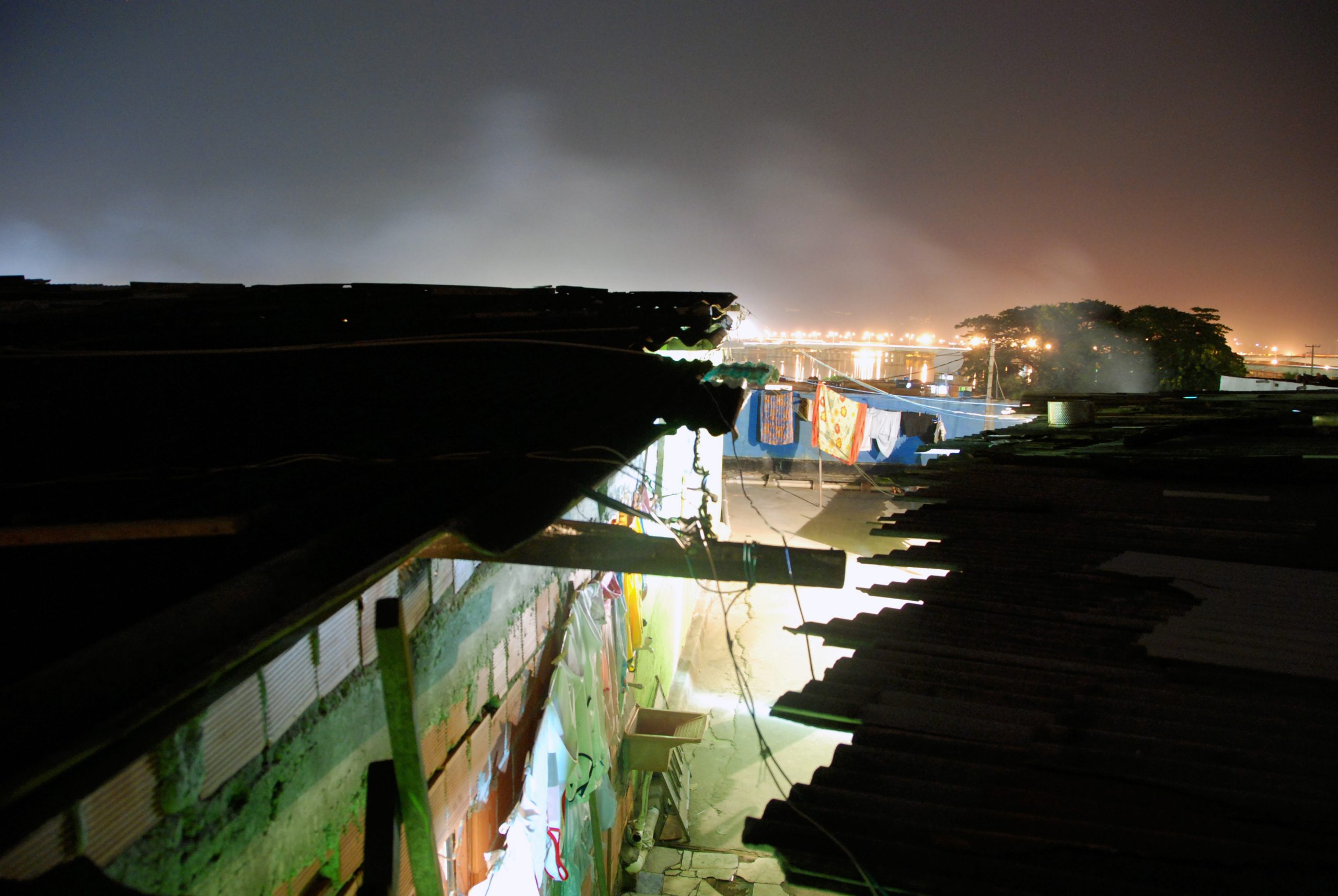by Marcelo Lopes de Souza
O, be some other name! What’s in a name? That which we call a rose by any other name would smell as sweet. (Shakespeare, Romeo and Juliet, Act II, Scene II)[1. Shakespeare, W. (2007; 1595), ‘Romeo and Juliet,’ in The Collected Works of William Shakespeare. Ware (Hertfordshire): Wordsworth.]

Despite the title of this review, the source of inspiration for the following thoughts is more the Michel Foucault of the “genealogy” and of the “analytic (and “microphysics”) of power” than that of Les mots et les choses (Foucault, 1990; ([2. Foucault, M. (1990; (1966)) Les Mots et les Choses. Une archéologie des sciences humaines. Paris: Gallimard.])), translated into English as The Order of Things. However, what does that have to do with Edward W. Soja’s recently published book Seeking Spatial Justice?
Social justice – including in this spatial justice as a “spatialising” approach to the problem of social justice in general, in order to reveal some fundamental connections, limits, and possibilities – is, of course, fundamentally a matter of power, not simply of ethics. If injustice is supposed to be related to illegitimate, unequal access to resources and means of exercising some rights, it is related to heteronomous power: that is, to oppression and domination. By contrast, attaining justice must be, in my eyes, a matter of attaining not the “elimination of all power” (as classical anarchists mistakenly put it) and even less of cultivating some entrapping new heteronomy (Marxist-Leninist “socialist state”), but rather the building of autonomous power relations, based on self-management (Autonomy: “autos-nomos, to give oneself one’s own laws.”([3. (…) In what sense can an individual be autonomous? (…) The autonomy of the individual consists of another relationship which is established between the reflexive instance and the other psychic instances, as well as between ones present and the history in the course of which one has made oneself as one is, allowing one’s escape from the servitude of repetition, to reflect about oneself, about the reasons of one’s thoughts and the motives of one’s actions, guided by the intention of truth and the elucidation of one’s desire. (…) Can I say that I put down my own law – if I necessarily live under the law of society? Yes, in one case: If I can say, reflexively and lucidly, that this is also my law. For me to be able to say that, it is not necessary that I approve it: It is enough to have had the real possibility of participating actively in the proposing and implementation of the law. The possibility of participating: If I accept the idea of self-government as such (not only because it is ‘good for me’), which, evidently, no ‘demonstration’ can oblige me to do, and neither can it oblige me to choose my words according to my actions, the indefinite plurality of individuals belonging to society conducts immediately to democracy, as the actual possibility of equal participation of all, in the instituting activities as well as in the explicit power (…).” (See Castoriadis, C. (1990) ‘Pouvoir, politique, autonomie’ in Le monde morcelé – Les carrefours du labyrinthe III. Paris: Seuil. 133-134)])
Soja’s book is an ambitious one in its effort to present his approach to spatial justice as truly innovative. In this regard, Soja clearly differentiates between “friends” (often former students, PhD candidates or colleagues of his at UCLA’s Department of Urban Planning, usually mentioned with familiarity and in very amiable terms) and “rivals” (especially David Harvey; although he recognises Harvey as “perhaps Lefebvre’s closest rival as a leading urban spatial theorist” – page 7. Criticising Harvey is something which he undertakes several times, as we can see particularly on pages 22, 30, and 226).
Both intellectually (philosophically, theoretically) and from a practical viewpoint, the main concern of a work committed to social/spatial justice must be the following tasks: 1) casting new light on the processes through which socio-spatial injustice is reproduced, perpetuated, and sometimes aggravated in our times; and 2) revealing the spatial practices by means of which protagonists of socio-spatial change (above all emancipative social movements) are challenging injustice and trying to build alternatives (creating “emancipative heterotopias” – to use Foucault’s neologism, while perhaps developing and reconstructing some kind of utopia at the same time). So what does Seeking Spatial Justice actually deliver?

First of all, conceptually and theoretically, Soja is overly concerned with words. I agree with him that “space” and “spatial” refer to broader concepts than “environment/environmental” or “territory/territorial” (see page 225), although I disagree on seeing spatial justice as another kind of justice rather than as an aspect of social justice – in the name of a “socio-spatial dialectic” which values spatiality in a way that insidiously reintroduces spatial fetishism into geographical discourse (see page 5).([4. Understandably, (human) geographers have tried to influence (or at least to benefit themselves from) the highly celebrated “spatial turn” in the social sciences in recent decades by means of proposing an ontological status for space which breaks with those traditional views (common both among philosophers and among social scientists other than geographers) according to which space is subordinated to time and at the end of the day an epiphenomenon. Some geographers have then built an approach to society in the framework of which the concept of “space” becomes almost a substitute for the concept of “society” (and of “social relations”). In Soja’s case we see an alternative path, but this is notwithstanding a problematic one too: he separates “the spatial” from “the social”, and afterwards he tries to articulate each other with help of a “socio-spatial dialectic”: “(…) not only does the social comprise the spatial, it is also comprised by it” (page 5). Unfortunately, this “dialectic” implies a reductionism, and more: a mechanical one. Of course, if social relations produce material space (and to some extent correspond themselves to space regarding its immaterial dimensions, such as in the case of territorialisation processes or the construction of a “sense of place”), space somehow “comprises” social relations, as much as space (material space as well as boundaries and territories, images of place and spatial identities) conditions/influences (but not “determines”) social relations. In order to admit this, however, is by no means necessary to implicitly deny that (social) space exists only in the context of society as a concrete totality, instead of being something like a parallel structure for whose investigation one could or should legitimately claim a clear epistemological autonomy. Social relations and space certainly imbricate each other in the context of society in a very complex way, so that they are neither reducible to each other nor parallel ‘structures’ (or ‘systems’ or whatever) which need just to be articulated (even if in a ‘dialectical’ manner).])
For this reason, “spatial justice” (understood as a crucial but specific aspect of social justice in general, and nothing else) really sounds more accurate or simply more powerful than “environmental justice” or “territorial justice.” (I admit that under some circumstances the use of “environmental” and “territorial” can be appropriate in order to emphasise certain aspects, but ultimately both can be understood as aspects of the “spatial”.) The importance he places on words risks eclipsing the relevance of the things which are supposed to be our main concern.
In light of the two main tasks delineated above, to blame Harvey for having “(…) created, even if unintentionally, a long-lasting prohibition among geographers to using the words spatial and justice together” (page 226) is not only exaggerated (and a little unjust): it also diverts us from the core problems and challenges. Exaggerating the importance of such differences may make sense from the perspective of academic “microphysics of power”, but it is not consistent with a viewpoint committed to the building of what Foucault termed a “genealogy”, i.e. an inquiry into the constitution of knowledge and discourse – not one which looks for “origins” or believes in a linear development of knowledge – but instead, one which assumes that all “truths” are questionable and have something to do with power.
Considering this, instead of seeking to offer “the truth” as something absolute and simplistically cumulative, Foucault wanted to show a past which is not only plural but also often contradictory – a process in the course of which the influence of power on “truth” is uncovered. These Foucauldian fundamentals are both critical and generous at the same time, for on this basis we can have a better chance of combining formal (“scientific”, “philosophical”) knowledge and popular, “local” knowledge, for the sake of an insurgent synergy.

Justice in the contemporary world has been developing a political meaning that transcends the defined categories of race, gender, class, nationality, sexual preference, and other forms of homogeneous and often exclusive group or community identity. In doing so, it helps to bring together the diverse movements built around each of these specific axes of unequal power relations in a common project. (page 23)
I have the impression that the major emancipative challenge of building consistent dialogue channels, transversal articulation and cooperation between different social movements is being oversimplified and reduced by Soja to a merely incremental ‘broad front’ strategy. Is this more fecund than “fomenting revolutionary transformation” in the old Marxist-Leninist way? I have my doubts.
Seeking Spatial Justice presents some important virtues. However, for all its virtues, the book still often left me wanting more. For instance, Soja considers the contributions made by authors as diverse as John Rawls and Iris Marion Young to the discussion about social justice, but without the depth that I had hoped for – not to mention the fact (which is perhaps neither strange nor relevant for many of his Anglophone readers, but which is quite disturbing and problematic from an anti-ethnocentric perspective) that he simply does not take notice of the contributions made from outside the Anglo-American world, Henri Lefebvre being almost the sole exception.([6. Moreover, there are several inaccuracies, too — even of terminological nature, which is a little strange in a book so much concerned about terminology. Just one example: when he critically mentions “(…) what David Harvey (2000; Spaces of Hope. Berkeley and Los Angeles: University of California Press) and others have called merely ‘militant localism’” (page 22), he apparently ignores that 1) as far as militant particularism is concerned, Harvey (1996; Justice, Nature and the Geography of Difference. Cambridge, MA; Oxford: Blackwell; and 2000) was in fact engaged in a productive dialogue with Raymond Williams (who, by the way, coined the expression); and that 2) Williams’s “militant particularism” does not have anything to do with “localism” in the usual sense, since it precisely corresponds to the overcoming of parochialism by means of connecting particular (local) experiences with general (supralocal) claims in the framework of concrete struggles and in the course of consciousness raising and network building: “Of course almost all labour struggles begin as particularist. People recognize some condition and problem they have in common, and make the effort to work together to change or solve it. But then this is nothing special in the working class. You have only to look at the militancy of stockbrokers or of country landowners or of public-school headmasters. The unique and extraordinary character of working-class self-organization has been that it has tried to connect particular struggles to a general struggle in one quite special way. It has set out, as a movement, to make real what is at first sight the extraordinary claim that the defense and advancement of certain particular interests, properly brought together, are in fact in the general interest.” (Williams, 1989, Resources of Hope. Culture, Democracy, Socialism. London and New York: Verso. p. 249) Or, as Harvey summarises: Ideas forged out the affirmative experience of solidarities in one place get generalized and universalized as a working model of a new form of society that will benefit all of humanity.” (Harvey, 1996, 32).])
Gerrymandering, the geography of apartheid as well as of post-apartheid South Africa, the spatiality of Israeli domination in Palestine, security-obsessed urbanism, and so on: it would be unfair to demand from Soja that he adds new empirical evidence or even analytical strength to these fields of research, which he mentions in a rather introductory way to exemplify some of his arguments (see chapter 2). However, it is not unfair to expect that he really adds something new at the more abstract level of the ambitioned theory of spatial justice (see especially chapter 3). That is scarcely the case, however. Undoubtedly, Soja is a master of words. His explanations serve as good introductions to all those topics. Yet the content somehow seems to fall just short of his ambitions, in spite of a good form, reaching that of a virtuoso at times.
Chapters 4 and 5, in which the author deals with his favourite “laboratory” – Los Angeles – are in my opinion the most vigorous parts of the book. From the historic legal victory won by the Los Angeles Bus Riders Union (a grassroots advocacy organisation), which forced the Metropolitan Transit Authority to reorient the transit system in order to meet the needs of LA’s poor residents in 1996, to labour-community coalitions such as the Right to the City Alliance, Soja examines concrete cases of grassroots organising and mobilisation, while also offering an analysis and interpretation of the role that students and faculty staff of UCLA’s Department of Urban Planning and Labor Center have played in bridging theory and practice. But even in these refreshing chapters I think he could have done a little more – particularly in terms of being more critically reflexive on how UCLA’s ideas supposedly have been “put into practice”. As Andrea Gibbons – social scientist, writer, and former activist in L.A. – provocatively wrote in her own review of Seeking Spatial Justice (Bridging theory and practice: on Soja’s Seeking Spatial Justice, ([6. Gibbons, A. (2010) ‘Bridging theory and practice’. City, vol. 14, No. 6])):
(…) those engaged in practice appear much further ahead than those working in theory. Radical groups working on issues of poverty and racism think spatially, they cannot help it given the continuing segregation of race and class in America. The rallying cry behind which they do so has to be an entirely practical decision, contingent on what resonates with them. The real difficulty lies in building a grounded and transformative practice. (Gibbons, 2010, …)
A personal note to finish this text then. The first time I read Edward Soja was in 1983. I had entered the university in the previous year, and Soja’s interesting, thought-provoking paper “The socio-spatial dialectic” (1980) ([8. ‘The socio-spatial dialectic,’ Annals of the Association of American Geographers, vol. 70, No. 2, pp. 207-225.])) was vividly mentioned by Milton Santos (who was in Rio de Janeiro at that time), and I found the article fascinating. Though I soon learned to perceive its structuralist weaknesses, I still think it stands as one of Soja’s most notable works. I must confess that in the course of the following years I found his books – Post-Modern Geographies (Soja, 1989)([9. Postmodern Geographies: The Reassertion of Space in Critical Social Theory. London: Verso.]), Thirdspace (Soja, 1996) ([10. Thirdspace: Journeys to Los Angeles and Other Real-and-Imagined Places. Oxford: Blackwell.]), and Post-Metropolis (Soja, 2000) ([11. Postmetropolis: Critical Studies of Cities and Regions. Oxford: Blackwell.]) – to be quite interesting, but were also at times slightly repetitive, too self-referential and sometimes excessively dependent on the theoretical or analytical work done by others (from Lefebvre through Foucault to Mike Davis). None impressed me as much as the paper that I originally read when I was a young student. Reading Seeking Spatial Justice has similarly been a frustrating experience for me. It is a valuable book in some respects, no doubt about this; but it could have been a great book.
Acknowledgements
For criticism and stylistic improvements, I am grateful to Andrea Gibbons.





